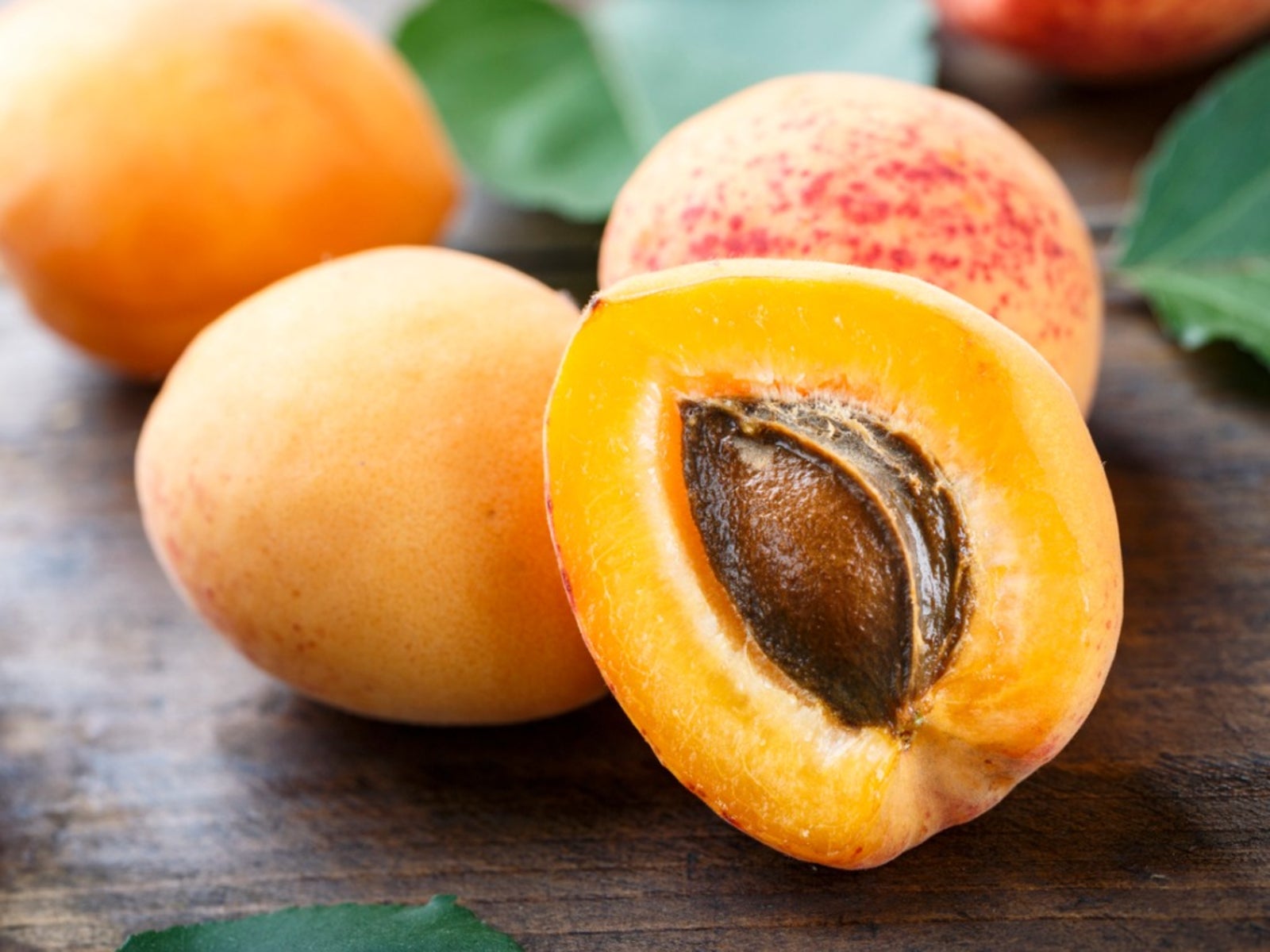Splitting Of Stone Fruits: What Is Pit Split In Stone Fruit


If you're suffering from splitting of stone fruits then it is likely due to what is known as stone fruit pit split. So what is pit split in stone fruit and what causes pit split in the first place? Keep reading to learn more about this disorder and what you can do to alleviate the problem.
What is Pit Split in Stone Fruit?
About 40 days after the tree blooms, the pit inside the fruit begins to harden. At this point the flesh adheres to the pit tightly. Anything that causes rapid swelling and growth of the flesh exerts pressure on the pit. If the fruit swells before the bond between the pit and the flesh weakens, the pit may be pulled apart. If the fracture occurs along the suture line that runs down the side of the pit, the result is pit split. If the pit breaks into several pieces, it is called pit shattering. Fruits with pit split disorder may exhibit external signs that indicate there is a problem. Visible symptoms include misshapen fruit and openings at the stem end of the fruit. Fruit with shattered pits don't show any external indications of the problem. Common stone fruits associated with pit split include:
What Causes Pit Split?
Pit split and pit shattering are two stone fruit growing problems caused by environmental conditions, or by steps taken by growers to produce larger fruit. Anything that causes the fruit to grow larger increases the chance of pit splitting of stone fruits. This includes excessive thinning as well as increased watering and fertilizing close to harvest time. A late frost that causes a partial crop loss and heavy rains during the critical growth period also cause pit splitting and shattering.
Control Measures for Stone Fruit Pit Split
While there is little you can do once you are exhibiting these stone fruit growing problems, you can take measures to prevent it from happening. Avoid excessive thinning. It's best to wait until after the pits have hardened to thin the clusters. You may be able to get the same results from pruning out some of the fruit-bearing branches rather than reducing the size of the clusters. Don't take steps to increase the size of the fruit as harvest time approaches. Avoid excessive watering and fertilizing. The fruit ripens evenly if the soil is kept consistently moist at all times. Irregular patterns of drought followed by excessive moisture encourages pit split. Early ripening varieties are most susceptible to stone fruit pit split because of the short time between pit hardening and fruit swelling. Choose late varieties from local nurseries where they can help select appropriate varieties for the local climate.
Sign up for the Gardening Know How newsletter today and receive a free copy of our e-book "How to Grow Delicious Tomatoes".

Jackie Carroll has written over 500 articles for Gardening Know How on a wide range of topics.